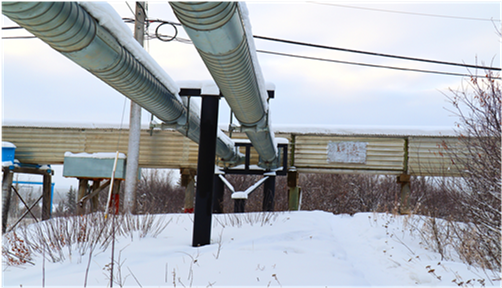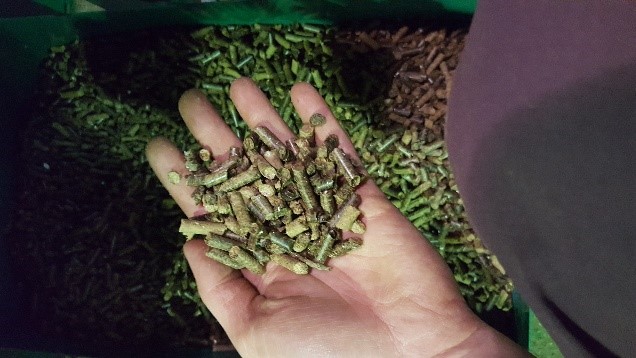Biomass clean energy projects help Northern communities to address climate change
As the impacts of climate change intensify, Northern and remote Indigenous communities lead the way in resilience and innovation.
Across Canada's North, communities are finding innovative solutions to fight climate change through clean energy projects. These projects reduce reliance on diesel for heating and electricity by:
- using more local sources of renewable energy
- improving energy efficiency
On this page
Investing in clean energy
Crown-Indigenous Relations and Northern Affairs Canada's (CIRNAC) climate change programs support Northern and Indigenous communities in the fight against climate change. We've been responding to climate change by helping communities adopt clean energy technologies, such as:
- wind
- solar
- hydro
A better way for Northern heating systems
Nihtat Energy Ltd. and Aurora Research Institute are innovation leaders in Northern clean energy. They play a key role by helping the community of Inuvik, Northwest Territories, reduce its reliance on fossil fuels. Through their efforts, Inuvik is becoming a Northern clean energy hub.
Nihtat Energy Ltd. is exploring the potential for large-scale biomass district heating systems. These systems would use the existing community utility corridor or utilidor system. District energy systems are an efficient and economical way to distribute heat from a centralized boiler system to many buildings and homes.
The Aurora Research Institute developed a pellet mill. The mill generates biomass fuel pellets from cardboard waste. The pellets will then be used to heat buildings in Inuvik.
Innovative technology offers green energy alternatives

To support innovative green technology, CIRNAC's Northern REACHE program contributed $88,000 to Nihtat Energy Ltd. This funding will be used to study the feasibility of a biomass-based district energy system.
"The whole motivation behind this project was how do we actually integrate biomass at a large scale and out to the homeowner level," explains Nihtat president Grant Sullivan.

The Northern REACHE program also contributed $95,000 to the Aurora Research Institute. This funding supports the design and development of a pellet manufacturing facility.
The goal of the project is to divert up to 60% of the community's cardboard away from the landfill. Waste cardboard will supplement Inuvik's biomass pellet supply with recycled heating pellets. The system would be operated by Delta Enterprises, a local Gwitch'in-owned company.
Building a greener future
These projects do more than reduce reliance on fossil fuels. They also provide other benefits to the community, such as:
- skills development
- job creation
- keeping investments in the North
- other economic development opportunities
"I see a lot of the communities working on energy strategies for their community," said Northwest Territories Member of Parliament Michael McLeod, "they're counting on it to create jobs, to create training."
"The pellets we make here carry with them an economic benefit," added Patrick Gall, engineering and technology projects technician at the Aurora Research Institute. "We've turned waste into a useful product."
Local solutions lead the way to a sustainable future
Inuvik's experiences and innovation provide an example for other Indigenous and Northern communities that want to move their clean energy goals forward.
"We're looking at solutions that we can own and operate," explained Sullivan. "Projects that are right for our community, that make sense for our community, that are actually achievable by our community… If we can make this happen in Inuvik, we can do this anywhere in Northern Canada."
Learn more: A Northern moment: Green energy alternatives: biomass (video)